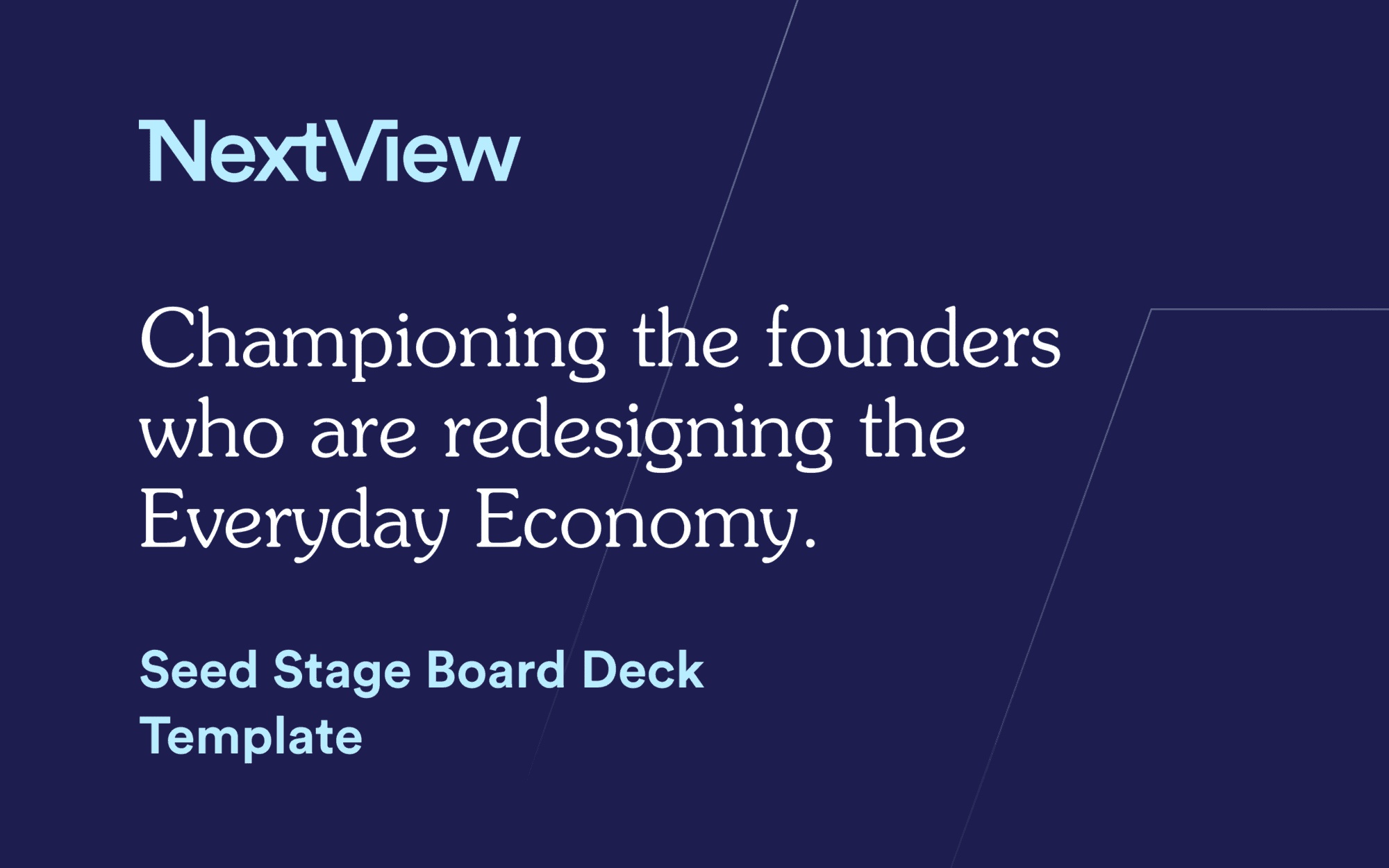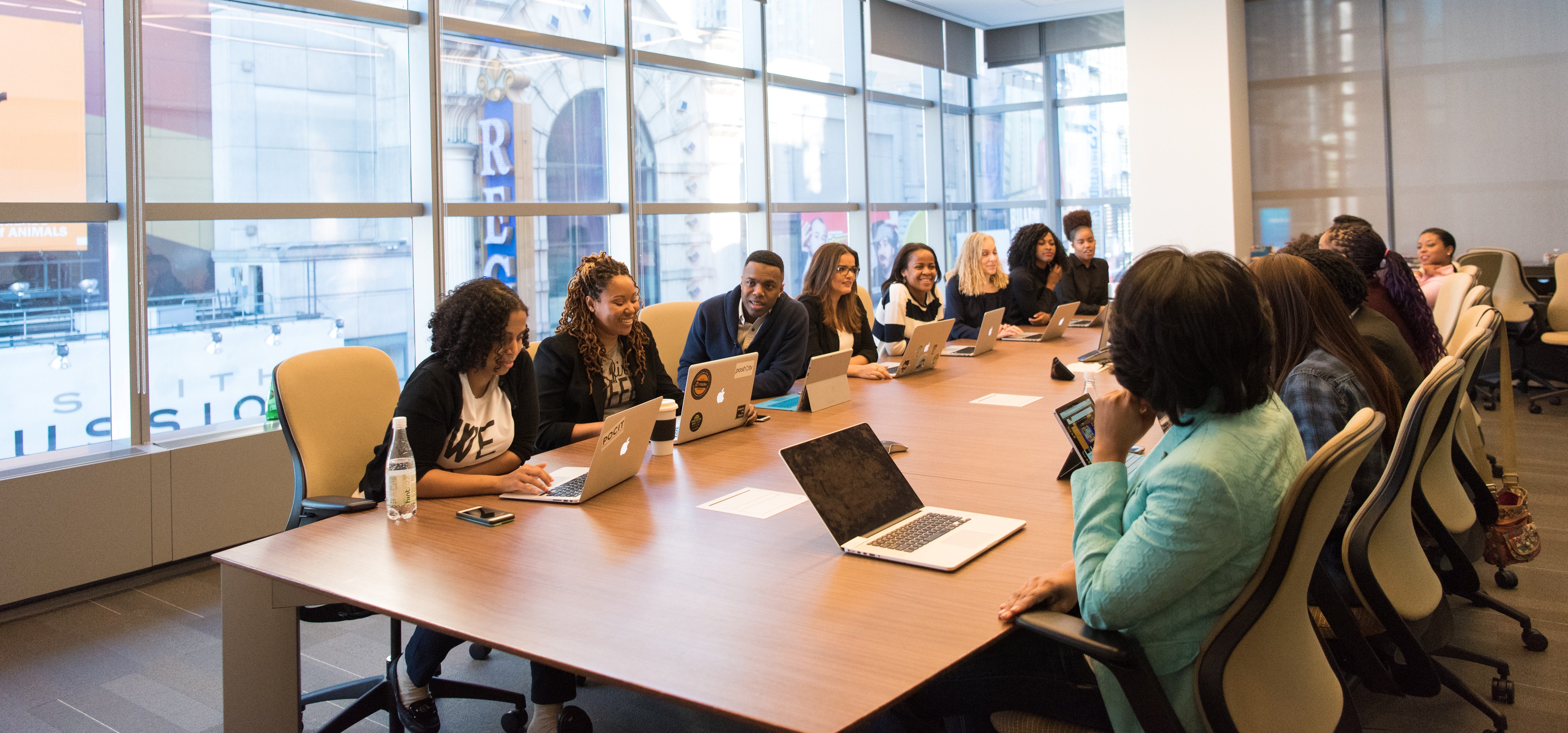


Updating Your Seed Investors – Board Deck & Update Email Templates
Today I’m excited to announce the relaunch of our most popular resource ever: board meeting deck templates for seed-stage startups, now in conjunction with an investor update email template.
Download Board Deck Template
Download Investor Update Email Template
Investor Update Email Template and How & When to Use It
We first released a version of the board meeting deck template back in 2014 and then a revised version a couple of years later. Over the intervening years, we’ve heard continued and consistent feedback about the value of it for seed stage Founders in providing both strategic thought and tactical help in assembling their post-financing investor communications.
Yet the landscape for the seed stage has evolved over that period. Now many Founders face a situation where they have raised a pre-seed or seed round from a multitude of investors (both angels and institutional groups) on SAFEs or convertible notes — without a term-driving lead investor who serves on the company’s Board of Directors. Although many of these investors aim to actively help the company, the dynamics of the syndicate combined with the entrepreneurs’ preference result in a situation where there isn’t a regular assembling for a formal meeting. Despite that fact, however, in these cases the company can definitely benefit from a consistent cadence of structured email updates.
First and foremost, investors (whether they say it or not) prefer over communication of what’s happening at the company, both the good and the bad. And a regular update with candor about what is going well and what is not signals an orientation towards transparency, which in turn engenders trust. This trust can yield benefits later on if the company faces a challenging situation in which it requires to raise more capital outside a position of strength.
On the flip side and a more positive note, regular investor communication can yield more assistance. Otherwise, out of sight, out of mind. Updating your investor set, especially to include “asks” for customer introductions, advisor recommendations, and recruiting assistance, gives Founders leverage beyond the team that is on the payroll.
In terms of form, we recommend an update email that is short and sweet. After all, the goal is to have investors actually read it! Along those lines, opening with a TLDR section brings the important items to the forefront. The remainder of the email should include other highlights, core business metrics, financial metrics, challenges, goals, asks & thanks. Again, we’ve put together the full template here for founders to utilize.
Download Investor Update Email Template
Board Deck Template and How & When to Use It
Some founders hesitate to hold board meetings early in a company’s life, perhaps due to the perception that investors would try to control the company, or maybe they view it as a redundant reporting mechanism. Putting aside the governance aspects of a traditional board, there is meaningful value in holding a regular meeting with the company’s most important investor(s). Simply put, it’s all about upping your game and preparing for success.
Founders should aspire to run your company as if it’s at the next stage. If you’ve raised an institutional seed round, act as if you’ve raised Series A in terms of how you operate, and that includes the approach to investor meetings. Seed stage companies can be led by a founder; scaling companies require a CEO. For an entrepreneur to grow from founder to true CEO, it’s empowering to act as if your business is already ahead.
Board meetings are not simply about updating Directors and investors about what you’re doing. They are an opportunity to create structured communication to solve problems and move the business forward. Central to any CEO’s job is thinking through strategy and reflecting on operations, as well as communicating these things to various constituents. Founders who set up and lead effective board meetings from the very beginning stages of the business more quickly develop that crucial muscle memory. Moreover, it’s a great opportunity to both learn and get feedback on leading in this context when at the seed stage, frankly, there’s more “forgiveness” and room for stumbles than in later stages of the company. Lastly, your investors will appreciate it, it builds confidence and trust to help strengthen that relationship, and it will empower the company to succeed.
We designed our board deck template as a framework which you can directly copy & modify for your own startup. Because the expectation is for all parties to read materials ahead of time (by sending it with enough time in advance to review!), your deck should include more detail than you plan to discuss in person, especially as your company scales and more data can be reported. Accordingly, your deck is not a presentation aid, but rather a more complete document that can be read & understood without much commentary. This orientation towards pre-reading allows for the in-person time to be devoted to what matters most in a conversation: a meaningful discussion about company obstacles, priorities, or and initiatives. A key rule of thumb is that 50%+ of board meeting time should be dedicated to a genuine discussion about major issues for the company.
The way to accomplish this is to be diligent in the preparation of the advance materials so as to foster an educated dialog during the real-time session rather than reading through reporting. With the new updated NextView Board Deck template, the work is half complete, as you just need to tailor the document to match your company’s business and incorporate in operating metrics.
Download Board Deck Template





